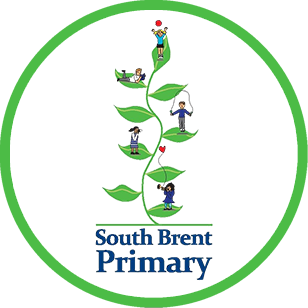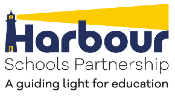Building Learning Powers - Overview
Building learning power is about helping young people to become better learners, both in school and out.
It is about creating a culture in classrooms – and in the school more widely – that systematically cultivates habits and attitudes that enable young people to become better learners; face difficulty and uncertainty calmly, confidently and creatively.
pupils who are more confident of their own learning ability learn faster and learn better. They concentrate more, think harder and find learning more enjoyable. They do better in their tests and external examinations. And they are easier and more satisfying to teach.
Building Learning Power prepares youngsters better for an uncertain future. Today’s schools need to be educating not just for exam results but for lifelong learning. To thrive in the 21st century, it is not enough to leave school with a clutch of examination certificates. Pupils need to have learnt how to be tenacious and resourceful, imaginative and logical, self disciplined and self-aware, collaborative and inquisitive.
This approach was created by Professor Guy Claxton. It is based on the idea that we are all capable of becoming better learners.
Key Principles
- It is a learning culture that encourages children and teachers to become better learners
- It allows children to approach difficulties in learning without fear of failure
- It allows the children to take small steps within learning
- It develops confidence
- It is not additional to teaching but should be grounded within everyday teaching and learning
- It gives clear labels for the children to use to develop understanding of learning processes.
Why are we Building Learning Powers?
We believe that BLP is beginning to allow us to develop a common language for learning across the school. The language is used in all classrooms, with all children. This helps everyone talk about understanding learning to learn. We hope that this understanding will begin to spill over into life outside school, where you will be able to reinforce the ideas by encouraging the children to use their learning language in their everyday lives. The idea is that the 5 dispositions (5 Rs) are like a group of "learning muscles". Just as we can build our physical muscles with the right kind of exercise, learning muscles can also be developed and can grow in strength and stamina. It is these we are aiming to develop in the children.
The BLP Learning Areas:
Resilience
Being ready to learn and not giving up.
- Noticing
- Managing distractions
- Absorption
- Perseverance
Resourcefulness
Having a range of learning strategies.
- Questioning
- Capitalising
- Making links
- Reasoning
- Imagining
Reflectiveness
Thinking as a learner and how to do things better.
- Planning
- Revising
- Distilling
- Meta Learning
Reciprocity
The social aspects of learning.
- Collaboration
- Imitation
- Empathy and listening
- Independence
How you can help at home?
Resilience
- Demonstrate/model sticking at things even if they are difficult.
- Talk about how you feel when you are taking on new challenges.
- Praise your child when they persevere but also encourage them to take a break when they have had enough.
- Help them to find interests and activities that are really absorbing.
- Talk with them about what helps them to concentrate and manage distractions.
Resourcefulness
- Encourage questions.
- Demonstrate making links between different ideas
- Don’t allow your child’s imagination to shrivel up!
- Help them to find ways of using resources such as dictionaries, reference books and the Internet.
Reflectiveness
- Encourage them to take responsibility for preparing for school.
- Ask not what they did at school, but what they learned.
- Help them to think about, and plan activities.
- Encourage flexibility and the ability to change a plan if necessary.
Reciprocity
- Demonstrate/model being a good learner.
- Work, play and learn alongside your children, enabling them to pick up good habits through imitation.
- Make expectations of turn-taking and co-operation clear.



